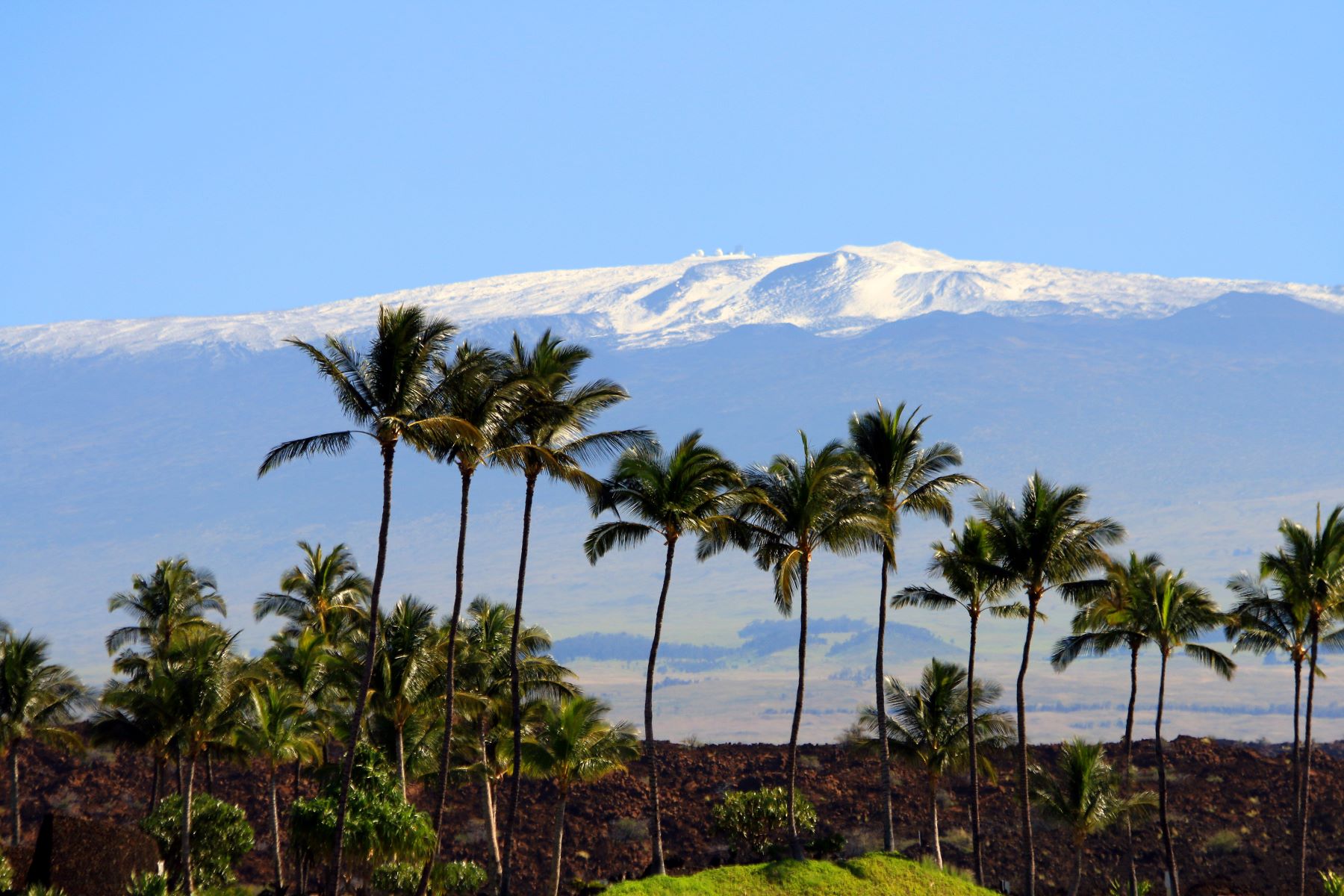Mauna Kea’s Celestial Wonders

Have you ever dreamed of standing on top of the world, gazing at stars so bright they seem within reach? Mauna Kea in Hawaii offers just that experience. This dormant volcano isn't just the highest point in Hawaii; it’s one of the best places on Earth for stargazing. At 13,796 feet above sea level, the summit provides an unparalleled view of the night sky. Scientists and tourists alike flock here to use the world-class telescopes. Whether you’re an astronomy buff or just love breathtaking views, Mauna Kea promises an unforgettable adventure. Ready to explore the celestial wonders? Let’s dive in!
Mauna Kea's Celestial Wonders
Mauna Kea, a dormant volcano on Hawaii's Big Island, offers some of the best stargazing opportunities in the world. Its high altitude, clear skies, and minimal light pollution make it a prime spot for observing the night sky. Here are some of the most incredible celestial wonders you can experience on Mauna Kea.
Stargazing at the Visitor Information Station
The Visitor Information Station (VIS) on Mauna Kea is a popular spot for amateur astronomers and curious travelers. At an elevation of 9,200 feet, it provides a great vantage point for stargazing.
Nightly Stargazing Programs: The VIS offers free nightly stargazing programs where you can use telescopes to see planets, stars, and galaxies. Volunteers and staff provide guidance and share fascinating facts about the celestial objects.
Astronomy Talks: Before the stargazing sessions, you can attend informative talks about astronomy and the significance of Mauna Kea in the scientific community. These talks are engaging and suitable for all ages.
Astrophotography: The clear skies and minimal light pollution make the VIS an excellent spot for astrophotography. Capture stunning images of the Milky Way, constellations, and other celestial phenomena.
Observatories on Mauna Kea
Mauna Kea is home to some of the world's most advanced astronomical observatories. These facilities are used by scientists to study the universe and make groundbreaking discoveries.
Keck Observatory: The Keck Observatory houses two of the largest optical and infrared telescopes in the world. These telescopes have been used to discover exoplanets, study black holes, and explore distant galaxies.
Subaru Telescope: Operated by the National Astronomical Observatory of Japan, the Subaru Telescope is known for its wide-field imaging capabilities. It has contributed to significant discoveries in cosmology and galaxy formation.
Gemini Observatory: The Gemini Observatory consists of two telescopes, one on Mauna Kea and the other in Chile. Together, they provide a comprehensive view of both the northern and southern skies, allowing for detailed studies of celestial objects.
Unique Celestial Events
Mauna Kea's location and conditions make it an ideal place to witness rare and spectacular celestial events.
Meteor Showers: The Perseids, Geminids, and other meteor showers are particularly stunning when viewed from Mauna Kea. The high altitude and clear skies provide an unobstructed view of these dazzling displays.
Lunar Eclipses: Watching a lunar eclipse from Mauna Kea is an unforgettable experience. The moon appears larger and more vivid against the dark, clear sky, making the eclipse even more dramatic.
Planetary Alignments: Occasionally, planets align in the night sky, creating a breathtaking sight. Mauna Kea offers a perfect vantage point to observe these rare alignments and capture them through telescopes or cameras.
Cultural Significance of Mauna Kea
Mauna Kea is not only a scientific treasure but also a place of deep cultural importance to Native Hawaiians. Understanding this cultural significance adds another layer of appreciation to your visit.
Sacred Mountain: Mauna Kea is considered sacred by Native Hawaiians, who believe it is the home of deities and ancestors. Respecting this cultural heritage is crucial when visiting the mountain.
Cultural Tours: Some organizations offer cultural tours that explain the history and significance of Mauna Kea to Native Hawaiians. These tours provide valuable insights into the spiritual and cultural connections to the mountain.
Traditional Practices: You might witness traditional Hawaiian practices, such as offerings and chants, being performed on Mauna Kea. These practices are a reminder of the mountain's enduring cultural importance.
Final Look at Mauna Kea
Mauna Kea offers an unforgettable experience. From its stunning sunsets to the world-class observatories, this Hawaiian gem has something for everyone. Stargazing here feels like touching the stars. The rich cultural history adds depth to your visit, making it more than just a scenic spot.
Don't miss the Mauna Kea Visitor Information Station for some cool insights and a chance to acclimate before heading up. Whether you're an astronomy buff or just love breathtaking views, Mauna Kea won't disappoint.
Remember to respect the sacredness of the mountain. Locals hold it in high regard, so tread lightly and be mindful. Pack warm clothes, as temperatures drop significantly at higher altitudes.
Mauna Kea is a must-visit destination that promises awe and wonder. Make sure to add it to your travel bucket list.

